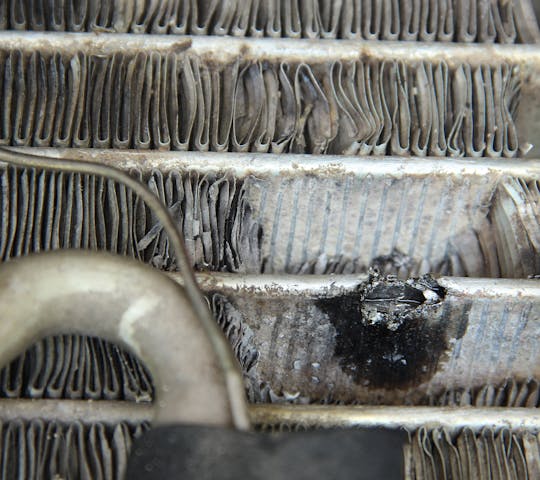What is a Roadworthy Certificate?

If you are a first-time buyer of a light vehicle, it could be difficult and confusing to navigate your way around the legal requirements to have your vehicle declared safe to operate on the public roads of all states and territories in Australia. The problem is that although all jurisdictions in the country require that you have your vehicle inspected and declared safe before you can register or even sell it, all the states have not only significantly different requirements regarding when and why you should have your vehicle inspected, but they also have different names for roadworthy inspections and subsequent certifications (edit 6).
So, depending on where you live and operate your vehicle, you may require a Roadworthy Certificate, RWC, Safety Certificate, E-safety Check, Green Slip, Pink Slip, Blue Slip, and sometimes, both a Pink and Blue Slip. Regardless of what an inspection or certificate is called, though, all such certificates serve the same purpose, which is to ensure that the light vehicle(s) we drive on public roads are in a good enough mechanical condition not to present a danger to ourselves or other road users when we operate your vehicle(s) on any public roads.
Note that although the overall purpose of roadworthy certificates in Australia is to ensure the safety of all road users in the country, the list of actual items being inspected on vehicles is not the same in all jurisdictions, or for all types of vehicle inspections. Moreover, some jurisdictions place more emphasis on some parts, components, and systems in a vehicle than others do, but for the most part, all jurisdictions base their inspections of light vehicles on the current iteration of the Light Vehicle Standards Rules, which are in turn, based on the Australian Design Rules that apply to light vehicles.
So, to summarise, there is no single set of requirements that apply to all the states and territories because each has its own rules, regulations, and test standards. Therefore, so we strongly recommend that you either research the requirements to obtain a roadworthy or safety certificate in your state or territory or consult with an authorized test station or vehicle examiner before you commit your vehicle to an inspection.

Heading
Heading

Does a car warranty cover the air conditioning system?

